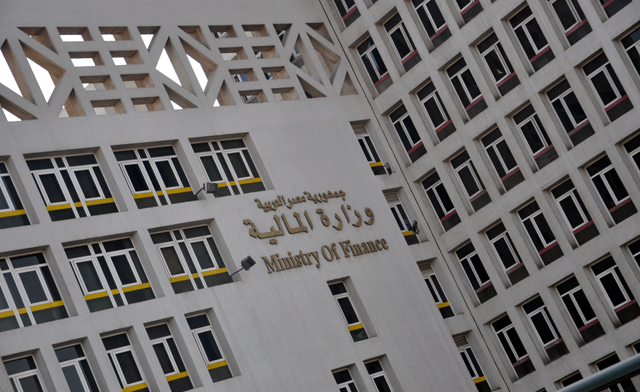Total planned spending in built environment increased by 62% from last year, from EGP 98.9bn to EGP 159.8bn in real terms (EGP 187.4bn in nominal prices), according to the Built Environment (BE) Budget 2016/2017.
10 Tooba for Applied Research on the Built Environment recently issued its second Built Environment Deprivation Indicator (BEDI) based on BE Budget 2016/2017.
The BE report said that spending-to-population ratio (SPR) disparities between the different regions of Egypt are high, especially in the Greater Cairo, Suez Canal, and frontier regions, which remain much higher than the parity.
The report added that the equity or the parity is 1.0, while over-spending is more than 1.1 and deprivation is less than 0.9.
In the regions of the Delta and Upper Egypt, the spending-to-deprived population ratio (SPDR) was almost half parity, showing a continuum of deprivation that ignores their needs.
The report noted that Alexandria was the only region where spending was near par with needs (1.1). Spending was higher than parity in Greater Cairo (1.8), and over three times parity in the Suez Canal region (3.2)—evidence of their political importance. However, spending rates relative to needs were extremely high in the frontier region reaching 15.9 times parity.
The report mentioned that BE Budget 2016/2017 continues to shed light on spatial justice in Egypt by analysing public investment in Egypt’s 27 governorates, according to the six sectors that constitute the Egyptian built environment: housing, urban development, drinking water, sanitation, electricity, and transportation.
The report said that SPR spending on local projects in Greater Cairo decreased to 1.3 in 2016/2017, instead of 1.9 in 2015/2016. Furthermore, it decreased to 0.6 in 2016/2017, compared to 0.7 in 2015/2016, while it increased to 2.7 in the Suez Canal region, compared to 1.3 in 2015/2016.
In the Delta region, the SPR spending remained the same at 0.6 in both 2015/2016 and 2016/2017, and it increased in Upper Egypt to 0.7 instead of 0.5 in 2015/2016, all which are under the deprivation level estimated at 0.9.
Whilst, in frontier governorates, SPR spending was the highest, estimated at 7.9 in 2016/2017 compared to 5.6 in 2015/2016.
“The SPR was eight times the population in the frontier region; however, the rates of spending-to-population in the regions of the Delta, Upper Egypt, and Alexandria remain less than the level of parity by about half,” the report read. “When the shares of each of the six regions from public expenditure were compared to their shares of people living in deprived conditions, large disparities between spending and needs were revealed.”
The report pointed out that the ratio of spending on the existing BE, as well as new cities, improved a little over the past year, where the share of spending on local projects in the existing BE grew from 48% to 66%, while for new cities it dropped from 52% to 34%.
However, it remains far from equitable, where only 66% of public spending goes to 98% of the population, while the remaining third goes to 2% of the population that live in the new cities.
Additionally, public expenditure on new cities in five governorates, including the three governorates of Greater Cairo (Cairo, Giza, and Qaliubiya), was greater than spending on the existing BE in those governorates. This is evidence of the political drive favouring new cities over the existing cities and villages in these governorates, such as the New Administrative Capital, despite the lack of accessibility to new cities, according to the report.
More than 98% of Egyptians live in the mainstream local municipalities, and around 2% of Egyptians live in so-called new cities, which are under the administration of the New Urban Communities Authority (NUCA), affiliated with the Ministry of Housing.
The report noted that the per capita spending in new cities dropped to EGP 16,916 per person in real terms (From EGP 19,855 per person nominal).
Moreover, the overall per capita spending there still saw an 8.2% increase on fiscal year (FY) 2015/2016. When using Egypt’s total population, average per capita spending in real terms is EGP 360 per person (EGP 422 per person nominal), with the same increase over last year.
The report lighthearted that the per capita spending in all the governorates of Greater Cairo was higher than the average, with spending increasing by a massive 54% from last year in real terms.
The governorate of Beheira recorded the lowest per capita share for the second consecutive year, despite a 55% increase over the previous year (The New Valley was lower, although it does not yet have a functioning new city).
On the other hand, Damietta had the highest drop in per capita spending from last year (-85%), although it still had per capita spending that was higher than the average (EGP 597 per person).
Alexandria saw the second highest decline, by 79% to EGP 100 per person, or about a third of the average.
The Matruh governorate had the highest per capita spending on new cities for the second year running, with an increase of 17% to EGP 5,123 per person.




